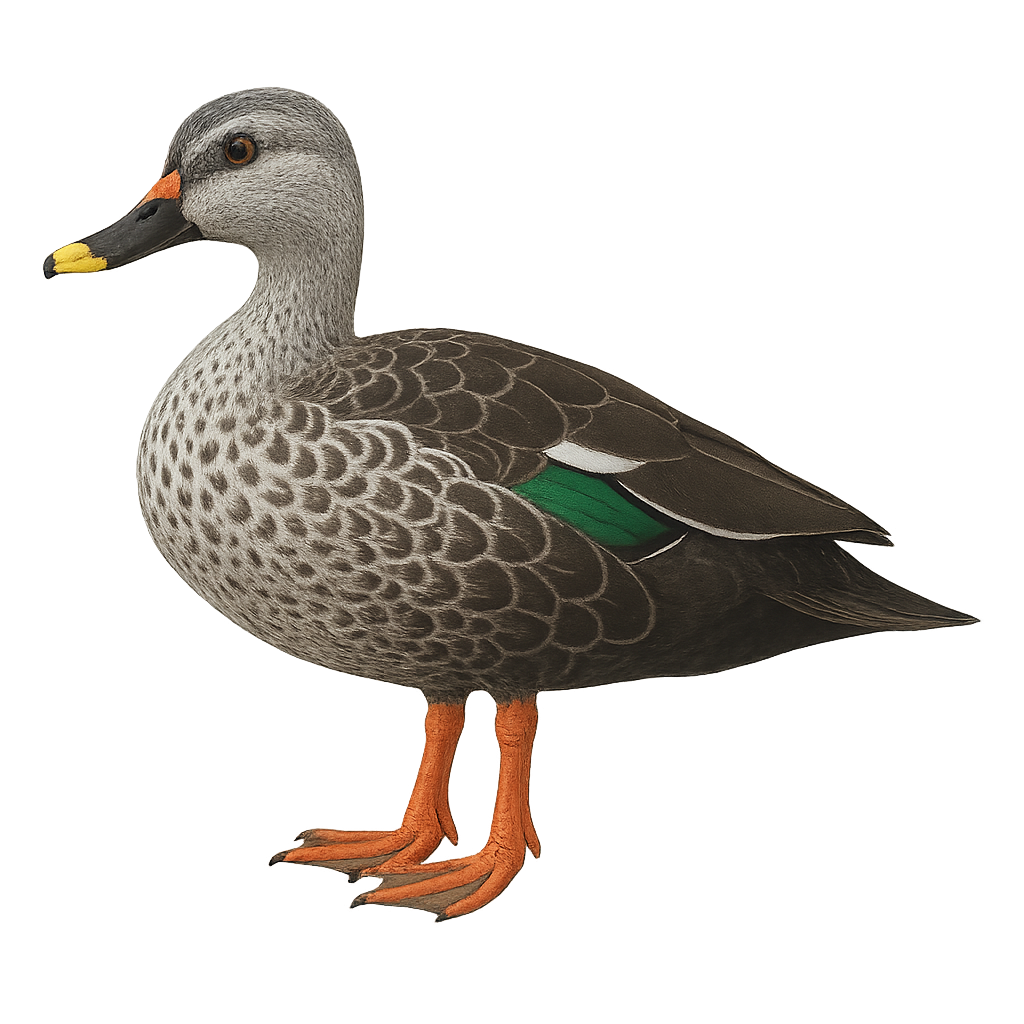Your wildlife photography guide.
Explore the Indian spot-billed duck in detail, study its behavior, prepare your shots.
Where to observe and photograph the Indian spot-billed duck in the wild
Learn where and when to spot the Indian spot-billed duck in the wild, how to identify the species based on distinctive features, and what natural environments it inhabits. The WildlifePhotographer app offers tailored photography tips that reflect the Indian spot-billed duck’s behavior, helping you capture better wildlife images. Explore the full species profile for key information including description, habitat, active periods, and approach techniques.
Indian Spot-billed Duck
Scientific name: Anas poecilorhyncha

IUCN Status: Least Concern
Family: ANATIDAE
Group: Birds
Sensitivity to human approach: Suspicious
Minimum approach distance: 10 m
Courtship display: June to September
Incubation: 25-27 jours
Hatchings: June to October
Habitat:
Wetlands, lakes, rivers
Activity period :
Primarily active during the day, with peak activity in the morning and late afternoon.
Identification and description:
The Indian Spot-billed Duck, Anas poecilorhyncha, is a medium-sized waterfowl known for its distinctive bill marked with yellow and black spots. Its plumage is primarily brown with lighter shades on the belly and darker patterns on the back. The wings feature a green iridescent speculum, visible in flight. This duck primarily inhabits wetlands, lakes, and rivers in South and Southeast Asia. It is often seen in small groups, feeding on aquatic plants, insects, and small invertebrates. Although generally not very shy, it can be suspicious in areas where it is hunted.
Recommended lens:
400mm – adjust based on distance, desired framing (portrait or habitat), and approach conditions.
Photography tips:
To photograph the Spot-billed Duck, choose early morning or late afternoon hours when the light is soft and enhances the colors of its plumage. Use a telephoto lens of 400mm or more to capture precise details without disturbing the bird. Wait near wetlands where it feeds, and remain discreet to avoid scaring it away. A tripod can be helpful to stabilize your camera and achieve sharp images.
The WildlifePhotographer App is coming soon!
Be the first to explore the best nature spots, track rutting seasons, log your observations, and observe more wildlife.
Already 1 432 wildlife lovers subscribed worldwide

